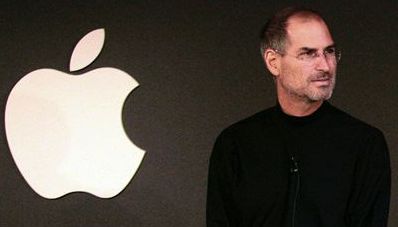Apple Hits Customers With VAT Hike

While some IT vendors will absorb the VAT increase, Apple has opted to pass it on to consumers
The prices of Apple products in the UK were hiked up on 4 January, after the company decided to pass the VAT increase on to customers, rather than absorb it like some other technology vendors.
The decision means that a basic 16GB Wi-Fi iPad now costs £439, up from £429. Meanwhile the Mac Book Pro – previously £1,999 – has been nudged over the £2,000 mark. iPhone and iPod Touch ranges have also been affected.
Apple seems confident that consumers will be willing to take the price rises on the chin – perhaps given the relatively steep cost of Apple products in the first place. However, with many Brits tightening their purse strings in preparation for further government cuts, the 2.5 percent increase could be enough to deter some thrifty consumers.
VAT rise to stunt spending?
The coalition government expects the VAT increase to produce £13 billion for the Treasury each year, contributing to the reduction of the county’s budget deficit. However, a recent report by The Centre for Retail Research and online shopping group Kelkoo estimates that consumers will spend an average of £324 less this year as a result of the tax.
 “[The rise] will push inflation up and, along with National Insurance rises and public sector job losses, harm sales as the year continues,” said British Retail Consortium spokesman Richard Lim, speaking to the BBC.
“[The rise] will push inflation up and, along with National Insurance rises and public sector job losses, harm sales as the year continues,” said British Retail Consortium spokesman Richard Lim, speaking to the BBC.
A report by Gartner in August 2010 also warned that government cost cutting drives and slow growth in the private sector could lead to zero-growth in the technology industry in 2011.
“The bottom line is that technology providers need to be prepared for the worst case, where commercial IT markets stagnate and governments transition to fiscal austerity programmes,” said Kenneth Brant, research director at Gartner, at the time.
Despite these warnings, however, Apple looks set for a successful year, with its iPhone and iPad devices continuing to lead their respective market sectors.